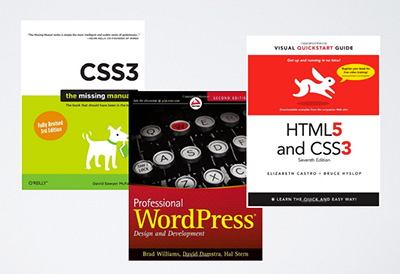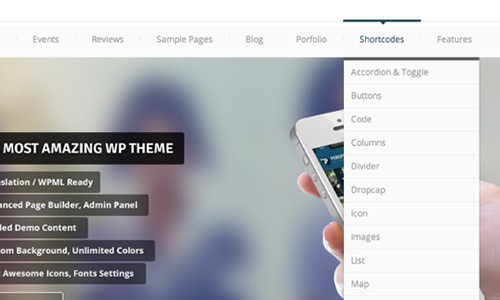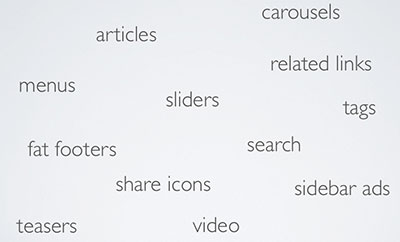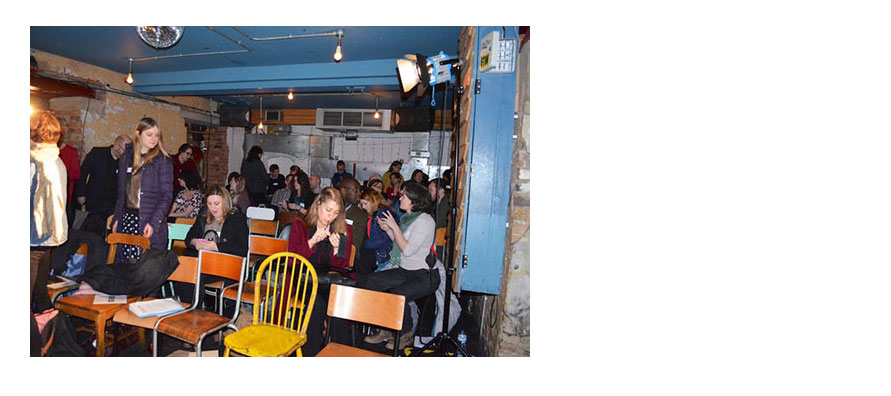On Monday 3 Feb 2014 I gave a ‘lightning talk’ at the London Agile Content Meetup at the Book Club, Shoreditch.
This followed the ‘ignite’ quickfire presentation format. Each speaker gets five minutes and 20 slides. That breaks down to just 15 seconds per slide – and the slides are on automatic rotation. Editing down your ideas is quite a challenge if you unwisely pick such a broad subject as I did!
However, this was somewhat fitting as my talk centred on how the content we create can be aided by having a conventional, standardised formula to follow – but how this also has limitations.
My talk was a personal observation and some ideas on content, design & formulaic experiences. I’d been thinking a lot about ‘modular’ building – whether of chunks of content, or HTML design. Five minutes probably didn’t do it justice. So in the interests of clarity, here’s a run-down of my talk, including a few bits I didn’t have time to put in.
Standard design structures are good for User Experience, as well as for web creators
I’ve spent most of my online career working for large organisations on huge websites. I’ve been a web designer, content editor, a CMS migration project-manager at Camden Council, and was Web and Digital Communications Manager at Bournemouth University for seven years.
So I recognise the needs of those types of large-scale websites. Standardisation is key. Having ‘page type templates’ to deal with particular kinds of content (such as news or events) and agreed design layout elements has two benefits. It helps provide consistency of user experience, and it makes it easier for the people creating the pages.
In the same way, having a pro-forma structure for a content entity such as a product simply makes sense for users and for the databases and content-management systems that house them, since it allows the search and filtering we’re familiar with on e-commerce sites.
I’m a keen student of Content Strategy tenets such as planned, structured content “chunks not blobs”, the benefits of metadata, and the challenges of separating content from design to allow for re-purposing. I’m aware of the need for content to ‘know itself’ to display differently across various devices or channels.
A couple of years back I left my university web-manager job & became a consultant ‘for hire’.
Building websites myself, and an appreciation of WordPress themes…
As well as consulting on Content Strategy and large-scale content projects, I was also aiming to be a one-stop-shop for smaller businesses. I went back to building websites myself, learning HTML5 and CSS3 (brushing up on where I left my coding skills back in 2002) and quickly coming to appreciate the benefits of using WordPress as a Content-Management System.

In this shift, I became much more exposed to the visual design aspect of websites.
I discovered the wonderful world of WordPress themes – off-the-shelf designs that you can purchase for minimal amounts, customise in various ways, leaving time to concentrate on the content more than the ‘build’.There are at time of writing, nearly 4k website themes for the WordPress platform available on Themeforest – and many more elsewhere – a whole shiny showcase of professional, affordable web designs.
Any decent WordPress theme offers the usual content-type suspects (news, events, reviews, portfolio, gallery, about us, our team etc) – recognised pages which have become the norm.

Some themes also offer all the layout elements you’ll ever need – tabs, toggles, alert boxes, call outs, blockquotes etc etc. But at the end of the day they are just receptacles for the content we produce, providing a standard layout hierarchy & navigation.

A lot of the themes are built on popular HTML frameworks such as Bootstrap or Zurb, themselves created in a modular fashion, for ease and consistency. So underneath the colours and shapes are modular construction methods for styling. Front end web development is recognising the sense in applying ‘atomic’ design principles (nod to Brad Frost’s post & comments which I found mentioned in Net mag whilst thinking about my talk).
Formulaic design experiences
There’s a whole cottage industry of developers providing this formulaic front-end structure and user experience. Bearing in mind WordPress powers approximately 20% of websites (allegedly) that’s quite a bit of influence in terms of what’s being served up.
The web industry has always been reliant on trends & imitating the designs that work for people.
The WordPress themes are propagating conventions of display structures – intelligent evolution hopefully – in that the design elements that work for people take hold and stick around, whist fads pass by.
So this obsession with structure is a sensible response to the challenges of online content. Two things struck me as I looked at theme after theme.
An earlier speaker Rahel Bailie told us about ‘COPE’ (Create Once Publish Everywhere) and Rupert Bowater explained content modelling dilemmas of using various schema/web standards such as RDFa / microdata etc.
Blocks of content/data. Blocks for styling. Ease of use for creators. What about pushing this forward by having a ‘ready-to-use’ content modelled WordPress theme?
Just throwing that one out for discussion!
The second thing is that design-wise, chunking the content up to populate standard design elements can create ‘samey’ websites. Predictable. Alluring yet somehow disappointing. How effective they are obviously depends on the content we fill them with!
Changing Trends in Content/Design Consumption…Changing Web Experiences

Are the structures we’ve got at at the moment going to be all we’ve got? Articles / sliders / carousels / menus / fat footers / search / tags / teasers / related links and more?
All the usual suspects. And it made me think…how often is the content we create influenced by the available display forms? For example, think about writing a heading or text just long enough to fit onto a slider, or a teaser box, how overlaid drop-down navigation menus allow much more space and choice, whereas a fixed floating top navigation needs to be more limited.
I’ve done some looking around recently trying to find ‘the new kids on the block’ – and generally speaking apart from some lovely javascript behaviours and blocks that flip over or open up to hold more content…
…I couldn’t really find anything that changed my web experience…
Inventing the Ways the Content Joins Up
And so for all the tagged, re-purposed content we plan on creating for all those smaller screens, mobile devices, and future ‘wearables’….I realised…
I don’t like the actual experience of using the web – not one or any particular sites – but the fact that it is always a fragmented experience, never a coherent journey.
A typical evening’s browsing looks like this:

I hope some of you out there will know what I mean! Whether you’re jumping back & forward from your search results, getting sucked in by social media, then thrust out again onto various websites, getting Facebook fatigue, it can be a really frustrating experience.
I think it’s our job as Content Strategists to think about designing the experience (not just our individual sites).
I wrote another blog post describing the Content Maze >
Our role in The Content Maze
This might be in helping design the kind of curation or aggregation tools we use. The Google Knowledge Graph is the nearest we get at the moment to a mainstream example of content ‘aggregation’ of data. And I’m aware of Storify and Scoop.It for curation – but what will the more mainstream tools of the future look like?
I talked about content knowing itself – what about using more imaginative, meaningful schemas using new parameters…?
We are used to working in an insular way to get the best, get the edge for our business, our employer, our client.
I think we need to disconnect from our brands and invent an ‘organisation-neutral’ vision.
What will this experience involve? It’s definitely something about aggregation. It might involve designing for open data. It might mean having a more personalised ‘information architecture’ across sites. It could be more immersive satisfactory social tools. And it will probably be about associative, contextual search results.
So in summary, triggered by a sudden exposure to all these formulaic design elements (which I fully respect, and know they do help us with content logic), I found myself asking shouldn’t there be something more on the menu?
And what is the role of the Content Strategy community in all of this?
So that was the talk. Certainly asking more questions than giving answers, but hopefully stimulating some discussion for the Meetup attendees.
Thanks to London Agile Content organisers Jonathan Kahn and Richard Ingrams for giving me the chance to spout off!
Comments are closed.



Recent Comments